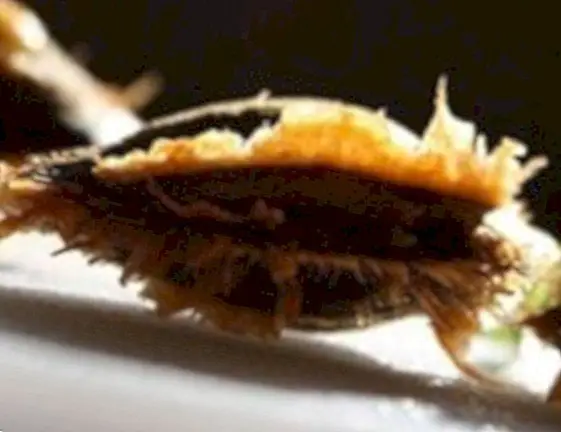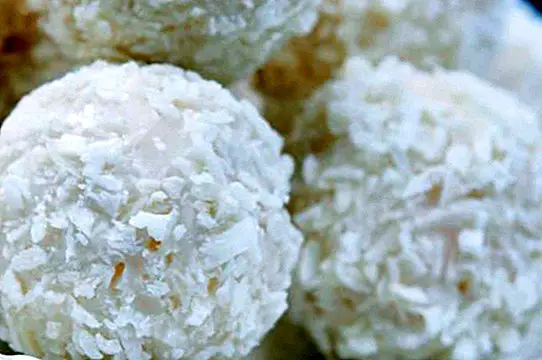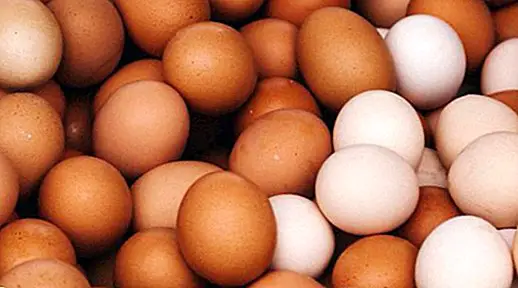Lice in children: symptoms, how they are contagious and how to eliminate them
Lice are a set of parasites that usually reach the size of a sesame seed and are characterized mainly because they are "installed" along the entire scalp of the human being with the aim of feeding on their blood and thus continue to grow.
The one called as Pediculus Humanus (popularly known as lice), is a tiny parasite between 2 to 3 mm, which uses its claws to grip the hairs of the head, and inject a toxin in the scalp that produces an irritating itch.

Although the opposite is popularly believed, the appearance of lice in children (and in adults) is not linked to lack of hygiene, especially because you have the constancy even that they prefer clean hair.
Its rapidity to reproduce (up to 200 eggs or nits throughout its life) and its great mobility are its main weapons, and some elements that make it more difficult to eliminate them.
How lice are spread in the child's head
The also known as pediculosis usually appears especially among those children with a Age between 3 and 11 years old since it is precisely when they begin to play with other children and that is where the parasite itself "crawls" from one side to another after a simple contact of their heads.
It is also possible to get infected with them after coming into direct contact with the cap or comb of the person who has pets. Finally, it should be noted that neither hygiene nor personal hygiene are related to the contraction of lice.
- Repellents to prevent and avoid lice
What symptoms produce lice in the child's head?
Once this is known, we will go desgranando the different symptoms that can denote the existence of this parasite:
- Generalized itching This is usually caused by an allergic reaction to lice and nits.
- Tickling in the scalp. Produced mainly by the action of these parasites.
- Appearance of sores. Produced by scratching too much in the area. If this is abused, more serious infections may appear.
- Insomnia problems Due in part because lice are usually much more active at night.

How can we treat lice?
Currently, there are many treatments in the form of shampoos, creams and lotions that can be purchased without a prescription. Although in any doubt, the best we can do is consult our pediatrician or trusted doctor. From there, the following steps must be followed:
- It is very important to follow the instructions of the prospect. In this way, we will ensure that the desired effect is achieved in the shortest possible time.
- It should be used exclusively on hair hair. And do not apply it in other more sensitive areas where the hair grows, as it can appear rashes or unwanted allergies.
- Avoid using two different products at the same time. And in case of doing so, always under the supervision of a doctor or pediatrician.
- Use fine tooth comb. After the application of the product in question, it is very important to clarify the area and then use a special comb (with fine teeth) to get rid of any remaining lice or dead nits.
- Check the hair every two or three days. It is very important to check the hair condition every two or three days to check if the product is having an effect. If yes, in two or three weeks, the parasites will disappear completely.

- Apple vinegar for child nits and lice
Practical advice to prevent lice
Is it possible to prevent our children from getting head lice? Although in most cases it is quite difficult, there are a number of tips that are sure to be useful for you from now on:
- Educating children is very important. For this, we will have to make them see that they do not have to be in direct contact with the children (especially with their heads). It is also important to instill in them that they should not share brushes, headbands or rubber bands with others.
- Wash the sheets and clothes with hot water. In this way, we make sure we get rid of any remaining louse or nit
- Leave the brushes soaking in hot water. This will be another way to "disinfect" them and thus reduce the chances of the child contracting these parasites.
At any sign, talk to the school. If our child has any symptoms related to lice, it seems very necessary to tell the school or daycare to avoid infecting other children. REFERENCES
- A Parent's Guide to Head Lice - American Academy of Pediatrics.
- Pediculosis of the head - Spanish Association of Pediatrics.
- Pediculosis. Prevention and Control - Leire Azcona Elsevier.


